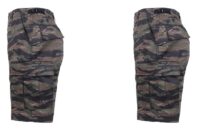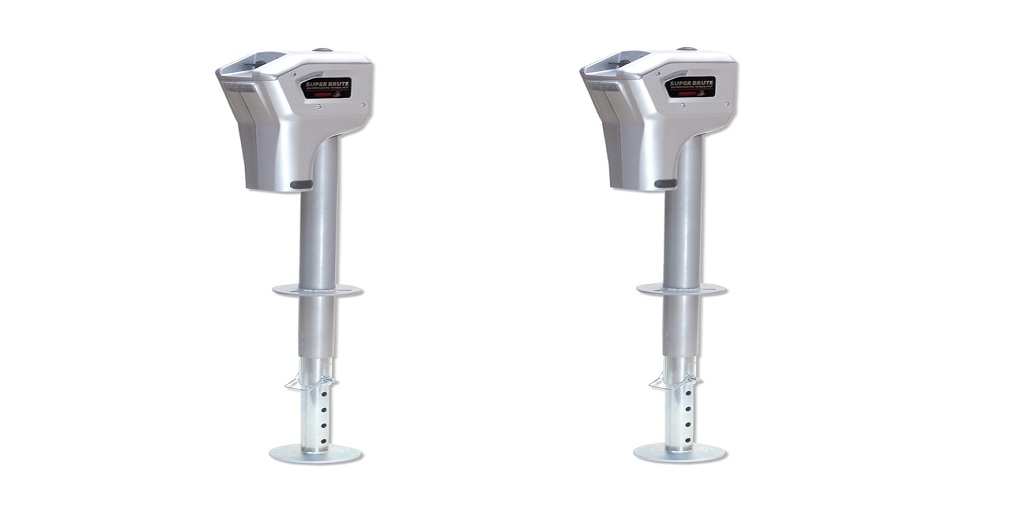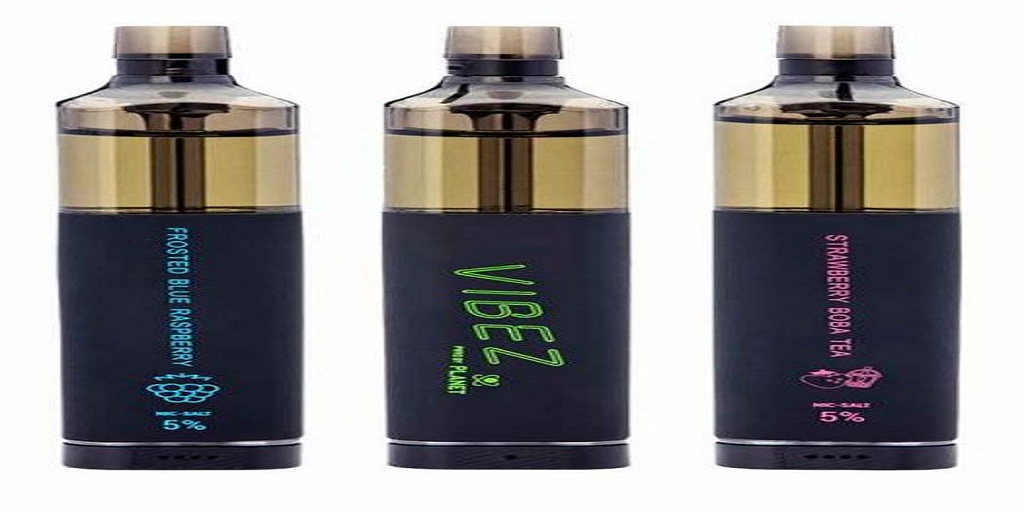We can hear some of you now: “I would never run anything but an OEM part in my UTV!” Some UTV and ATV owners, like car owners, still hold that prejudice.
But the Powersports market, and adherents into mudding, crawling, off-roading, and just getting started where the trail ends, are becoming increasingly accepting of aftermarket parts for UTVs. In fact, the aftermarket has flourished and abounds with parts for upgrades, accessorization, and customization.
Let’s take a look at some of the reasons why.
The Allure of OEM
First, let’s define an OEM part and why some owners religiously (and only) use these.
OEM stands for “Original Equipment Manufacturer.” They are made or sold (or both) by the company that manufactured your equipment.
For instance, Honda OEM parts are made and sold by Honda. Manufacturers often recommend that only OEM parts be used with their vehicles to ensure the observation of quality standards and keep their equipment within the scope of a warranty.
And, to be fair, there is a place for OEM parts. They may be more expensive, but they are often guaranteed by the producer, and moreover, they are specifically designed for compatibility with your machine.
While OEM parts are often more expensive than (some) aftermarket UTV parts, that’s the price some owners are willing to pay for peace of mind and guaranteed performance.
Still, aftermarket manufacturers have been quick to catch onto two specific trends: accessorization and customization.
Why the Popularity of Aftermarket Parts Has Been Growing
Off-roaders, trail riders, and other patrons of the Powersports industry love taking the functionality and rugged power of their UTVs to the next level.
This is actually a potential shortcoming of OEM parts. Many aftermarket parts for UTVs are designed as upgrades for those very models. For instance, lift kits, portal gear bits, radius arms, and A-arms can all upgrade the functionality of a UTV in ways that (in some instances) OEM parts cannot.
To many riders, accessorization and customization are part and parcel of getting off-road. The entire enjoyment of the sport is “seeing what your equipment can do,” and sometimes, OEM parts just don’t offer that sort of freedom. Not always – but that can be the case.
Now, when it comes to compatibility, it’s also important to remember that while aftermarket parts are not made by the manufacturer of a specific model, they are often made specifically by engineers familiar with it, and who use it, and that’s very close to the same thing.
Cultivating Trust: When in Doubt, Ask!
One of the concerns that some riders might have with aftermarket parts is whether or not they’re going to work as advertised. This is a valid concern since aftermarket parts are neither made nor guaranteed by the original equipment manufacturer.
But this is a friendly market made up of down-to-earth riders. When you’re unsure of something, just reach out to someone who knows.
Ask the seller of the equipment, and see what they have to say. You might find an actual rider in their customer service department who has experience with the part in question.
If you don’t trust the seller, just go to the next best source: actual riders. Look up a review of a part you’re interested in buying and see what customers have to say about it. There’s bound to be feedback out there, which can give you some peace of mind before you shell out the cash for the part and invest the time in installation.
Where Can You Get Aftermarket Parts for UTVs?
Sold on the trend that’s leaning towards accepting aftermarket parts for UTVs? Take a look at what’s in stock at ReactionOffroad.com. Family-owned and operated by actual riders in the SxS community, Reaction Offroad UTV offers a small-town feel and straightforward service, and they sell a great selection of UTV parts and accessories for Honda, Can-Am, Kawasaki, and Polaris equipment.
Give them a call at 303-900-8501 if you’re thinking about upgrading your UTV with aftermarket parts. You’ll get an actual person on the phone (and people that know what they’re talking about) who can answer your questions.












